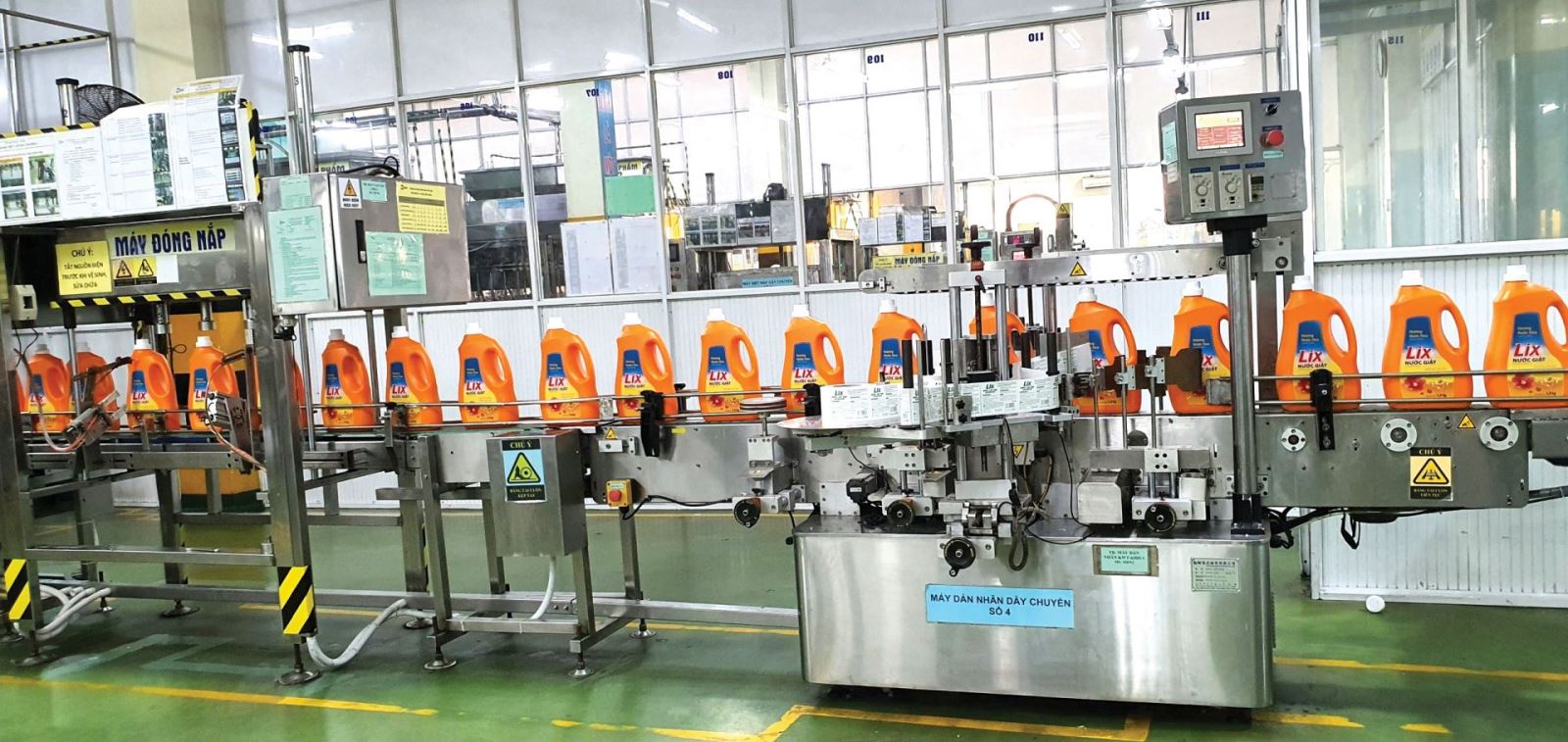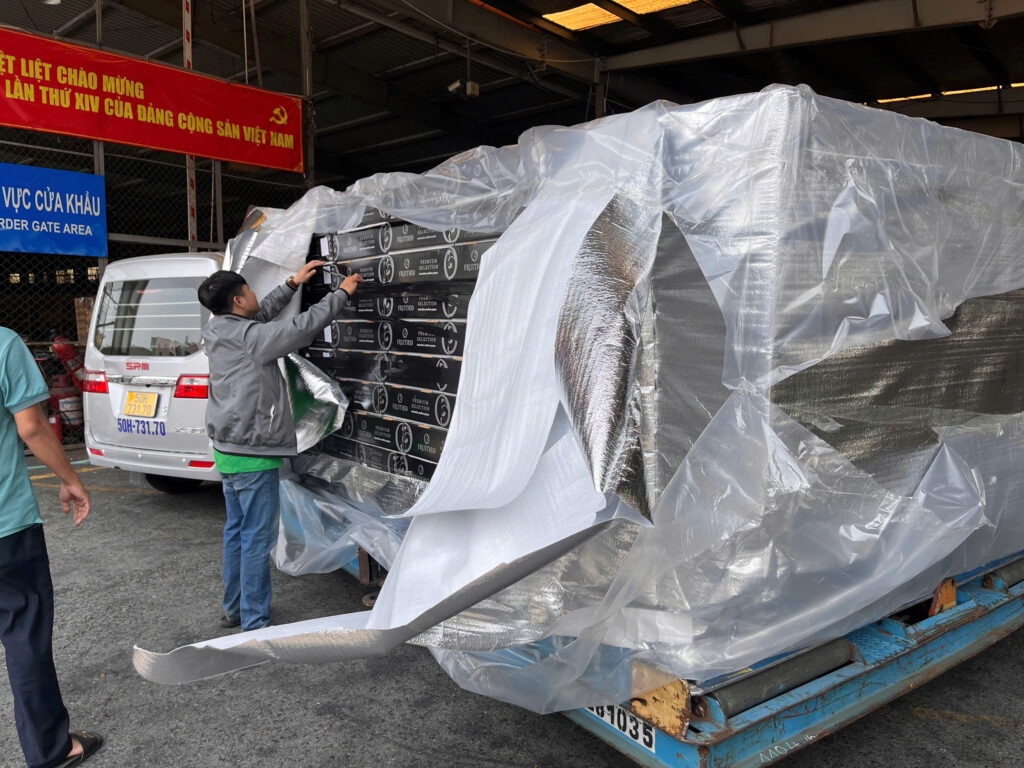According to the Department of Chemicals - Ministry of Industry and Trade, Green Chemistry is essentially the design of chemical products or processes to eliminate or minimize the use and generation of toxic substances.
Developing green chemistry is an inevitable trend for the chemical industry in Vietnam. It will be specified by regulations in the draft Law amending and supplementing the Chemical Law 2007 in the near future. Developing green chemistry not only ensures sustainable development but also improves economic efficiency and competitiveness of products produced in Vietnam.
However, in Vietnam, businesses that are pioneering the transformation of green chemicals say that there are no clear criteria and regulations on so-called "green" chemicals in the industry, so it is very difficult for companies to investors, producers.
Experience from other countries shows that detailed guidance documents are widely used in many developing countries and are considered "soft law". When general goals and principles have been specified in the law, management agencies can use "soft law" sources as tools in interpreting the law and formulating specific requirements in approval decisions. project.


Vietnam's Chemical Law currently has content related to green chemistry principles such as the principle of reducing the use of dangerous chemicals and preventing waste (especially dangerous waste). However, the Chemical Law does not have separate regulations on the concept of "green chemistry".
To have a full legal basis to promulgate regulations and instructions related to the criteria of international conventions and green chemistry, it is necessary to add this concept to the Law on Chemicals. However, because many of the "12 principles" of green chemistry are technical, the provisions in the law will be general, directional criteria and principles, serving as the basis for promulgating regulations. specific criteria.
According to Mr. Nguyen Van Thanh, Director of the Department of Chemicals, Ministry of Industry and Trade, from now on, we will have to choose more environmentally friendly chemicals for production. Next is the design principle of using the least harmful substances, limiting chemical emissions to the outside. The production process pays attention to the efficient use of energy, energy is pollution and the environment. That is the principle of green chemistry.
In recent times, besides the positive contributions of the chemical industry to the country's economy, recently, the level of chemicals measured in the environment has been increasing and many chemical incidents have occurred. Therefore, the conversion to using "green" and environmentally friendly chemicals is in dire need of being legislated for synchronous implementation.
Also according to Mr. Thanh, instead of discharging it for treatment, we prevent it right before it forms. For example, children's toys may have a lot of toxic chemicals, instead of having to spend money on medical treatment to treat diseases, research on friendly products, which is the principles of green chemistry. This principle ensures the health of the human environment, ensures the environment, and the efficiency of natural resource use.
Also on this issue, recently, sharing at the seminar "Green chemistry in industrial production: Challenges and solutions", Ms. Le Thi Thanh Thao, National Representative of the United Nations Industrial Development Organization (UNIDO) in Vietnam said that within the framework of the Chemical Management Toolkit project (referred to as IOMC) in 2021 and 2022, UNIDO has coordinated with Vietnamese authorities to implement many activities. training and capacity building for relevant subjects, including Vietnamese policymakers, researchers and businesses.
UNIDO representative also said that the total annual output of Vietnam's chemical industry accounts for about 10-11% of the total GDP value of the industry. Chemicals play an important role and are indispensable input materials in all fields of production. However, the use of toxic chemicals in industrial production has been causing huge and dangerous impacts on the environment and human health.
“12 principles” of green chemistry
1. Prevention – Limiting or preventing the creation of waste is better than treating or cleaning up after waste has formed.
2. Atomic Economy – Chemical synthesis methods should be designed to maximize the integration of all materials used in the process to form the final product.
3. Low-hazard chemical synthesis – Whenever possible, synthetic methods should be designed to use and produce substances with little or no toxicity to human health or the environment. school.
4. Design safer chemicals – Chemical products should be designed to maintain effectiveness while minimizing toxicity.
5. Safer solvents and auxiliary agents - The use of chemical auxiliary substances (solvents, separation agents...) should be minimized to unnecessary levels, or be harmless when used.
6. Design for energy efficiency – The energy requirements of chemical processes should be minimized considering environmental and economic impacts. If possible, synthetic methods should be carried out at room temperature and atmospheric pressure.
7. Use renewable raw materials – Raw materials should be renewable rather than depleted.
8. Minimize derivatization – Unnecessary derivatization processes (chemical transformation of the original compound into a new compound with similar structure but with a new functional group) should be minimized or avoided. if possible because the derivatization process requires additional reagents and may produce waste.
9. Catalytic process – Catalysts with selectivity are superior to those consumed in reactions.
10. Design for degradability – Chemical products should be designed to decompose into harmless products that do not remain in the environment.
11. Monitoring to prevent contaminants – Analytical methods should be developed for direct monitoring and control throughout the chemical process before hazardous chemicals are formed.
12. Safer chemistry aimed at preventing accidents – Chemicals or the formation of chemicals in the process should be chosen to minimize the potential for chemical accidents such as emissions, and fires explode.
Source: Industry and Trade Magazine







